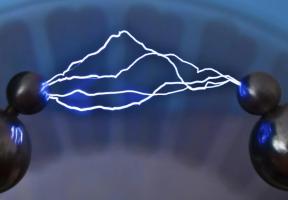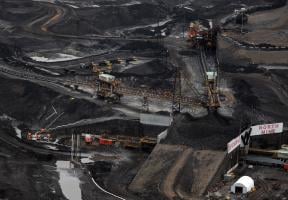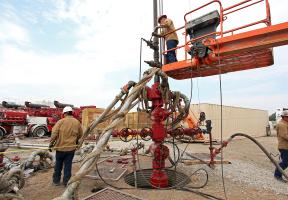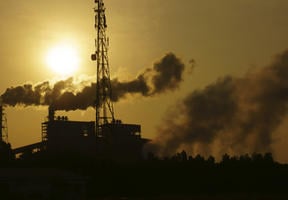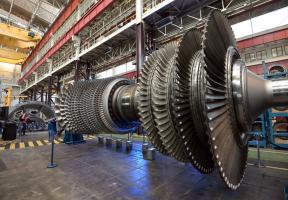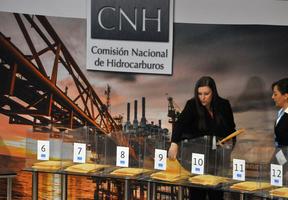How Exploration Drilling Works
Published on 01.14.20155 min read
consists of sinking a drill string into the ground while injecting a special mud. This allows fragments of rock and samples of gas to be brought back to the surface. Boreholes have to be drilled at several locations to delineate the potential .
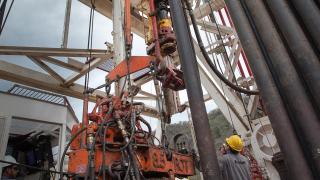
© GONZALEZ THIERRY - TOTAL - Drilling operations on the Incahuasi field in Bolivia.
Drilling provides information on whether prospects contain oil or gas. The prospects can be buried anywhere from a few hundred meters to 6,000 meters. To reach them, a borehole with a gradually decreasing diameter is drilled in stages.
To drill, you need to set up a derrick to support the drill pipes. The trepan or is attached to the first drill pipe. It drills into the rock formation by pressing down on the rock (punching) and spinning the drill heads at very high speed (rotation). As it goes deeper underground, a new drill pipe is screwed onto the previous one, an operation that is repeated until the right length is obtained. Together, all these drill pipes make up what is known as the drill string.
Drilling mud, an essential ingredient
Carefully prepared is continuously injected while boring a hole. Mud is a mixture of water and solid clay particles, to which chemicals are added to increase its density and to standardize and stabilize it. Its composition varies with the type of rock encountered and the pressure in the reservoirs. Critical to a successful drilling operation, it must be meticulously prepared and its density constantly monitored. If it is too heavy, it could enter the reservoirs it encounters too quickly, because the pressure there is lower than inside the borehole. If it is too light, it could cause a dangerous blowout.
This is why a specialist constantly monitors the properties of the mud and, if a problem arises, has to act immediately to change its composition as quickly as possible.
Drilling mud serves several purposes:
- It cools down the drilling tool and stops it from overheating by continuously circulating in the borehole.
- It helps attack the rock and flushes out the cutting accumulating at the bottom of the well.
- It brings rock fragments (cuttings) ripped out by the trepan back up to the surface. These fragments are examined to determine the type of rock and see if there are any traces of hydrocarbons.
- It provides counter-pressure that stabilizes the sides of the borehole.
- It helps balance pressure inside the borehole with that of the reservoirs passed through, preventing inflows or dangerous blowouts of water, oil or gas from the reservoirs.
Appraisal, the last step before extraction
Drilling clears up or reduces many uncertainties about the prospect, such as whether or not oil or gas is present and the type and volume of reserves. However, questions may remain as to its profitability, the size and shape of the reservoir and the homogeneity of its properties. This is why a number of wells must be drilled at different locations to accurately delineate the deposit and to select the best locations for future production wells. These additional wells make up the appraisal program; after it is completed, a decision is made whether to develop or abandon the deposit.


